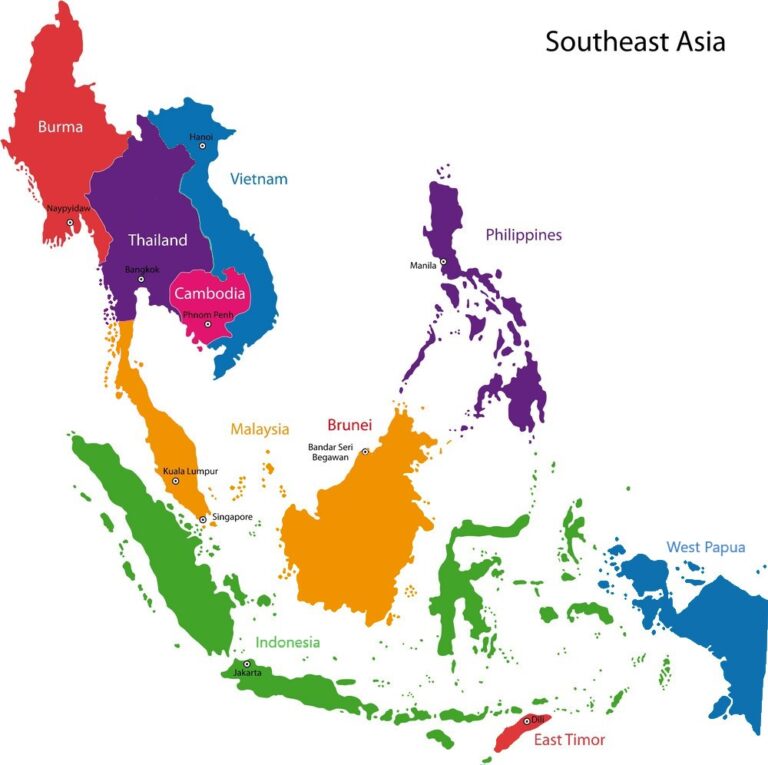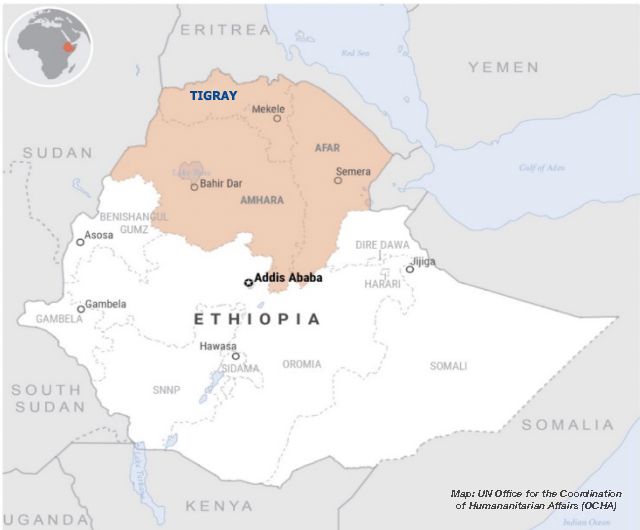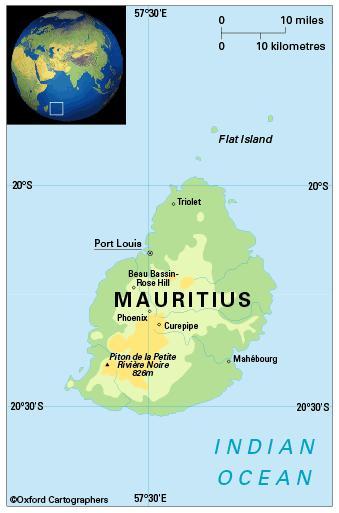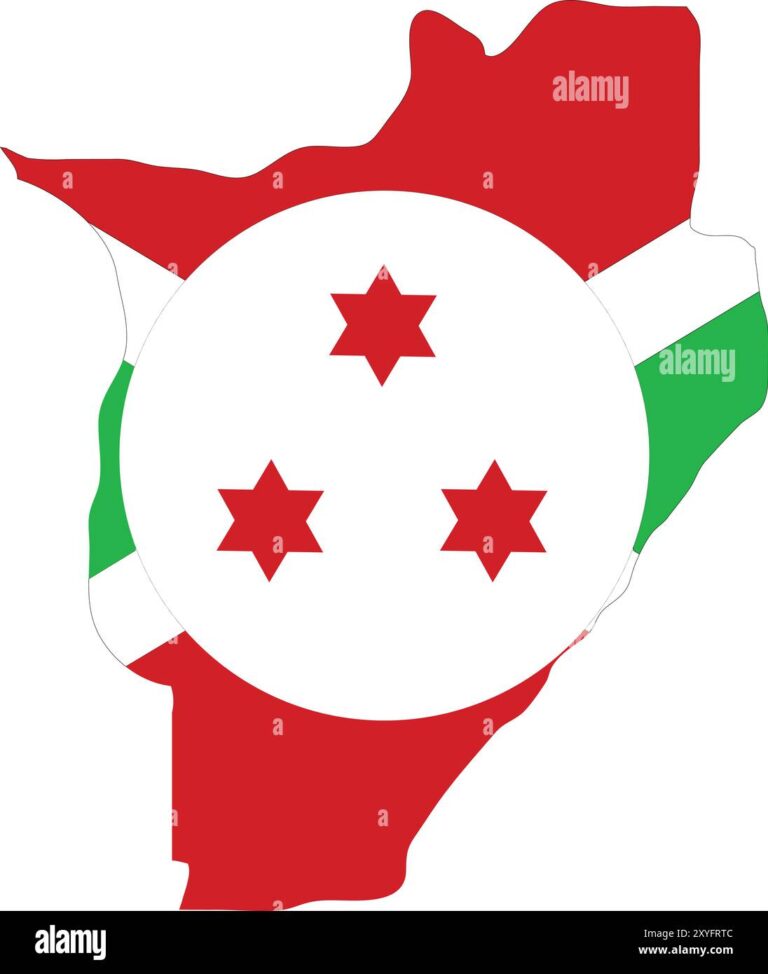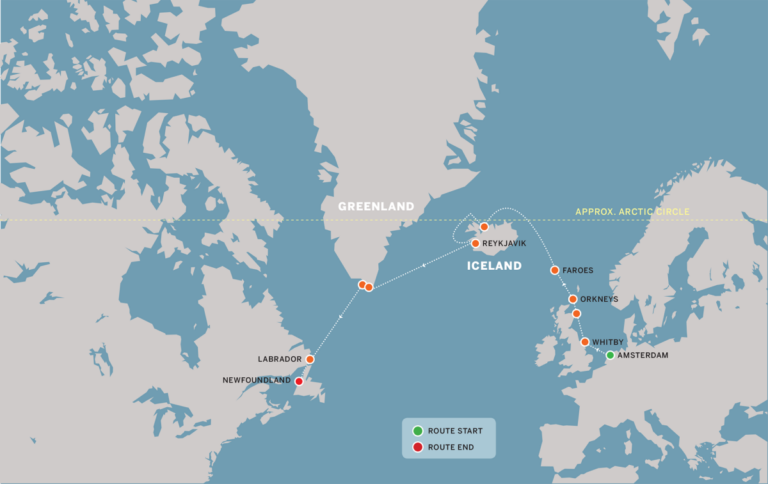United States of America Neighbouring Countries and North American Map
United States’ Neighbouring Countries
Land Borders
The U.S. hangs out with two neighbors across its land borders: Canada up north and Mexico down south. Stretching for miles and miles, they follow a mix of rivers, mountains, and some lines folks drew ages ago. Want the juicy details? Head over to the US-Canada border and US-Mexico border pages for a deeper dive.
| Border | Countries | Length (mi) |
|---|---|---|
| US-Canada | United States, Canada | 5,525 |
| US-Mexico | United States, Mexico | 1,933 |
Maritime Boundaries
Besides the land, the U.S. is also drawing lines in the sea. These watery borders get sorted out through a bunch of treaties and talks involving the territorial sea, the contiguous zone, and something called an Exclusive Economic Zone (EEZ). For the curious souls out there: The territorial waters stretch up to 12 nautical miles out, the contiguous zone makes it to 24, and the EEZ goes way out to 200 nautical miles. These lines sometimes wiggle around with the tides and are managed by the U.S. Baseline Committee under NOAA’s watch (NOAA).
| Maritime Boundary | Countries |
|---|---|
| US-Russia | United States, Russia |
| US-Cuba | United States, Cuba |
Internal Territorial Disputes
Not everything is smooth sailing. The U.S. gets into some squabbles over land and sea, particularly with its neighbors. These disputes are a tangle of laws and maps (Take a peek here). There’re ongoing debates, especially when Russia and Canada come into the maritime picture.
If you’re itching to learn more about how these disputes shaped history, head over to articles on famous treaties and land deals, like the Gadsden Purchase, Jay’s Treaty, and the Treaty of Guadalupe Hidalgo.
Wrapping it all up, knowing how the U.S. mingles with its neighbors paints a better picture of its place in the global neighborhood. And if you’re in the mood for more geography lessons, check out how San Marino, Singapore, and Turkmenistan buddy up with their neighbors: San Marino neighboring countries, Singapore neighboring countries, and Turkmenistan neighboring countries.
The US-Canada Border
Length and Establishment
The United States-Canada border isn’t just any ordinary dividing line; it’s the longest border tiptoeing between two countries on Earth. It stretches an impressive 5,525 miles! Established in September 1783 thanks to the Treaty of Paris, it marked the end of the American War of Independence and the beginning of this epic boundary.
| Characteristics | Details |
|---|---|
| Length | 5,525 miles |
| Establishment | September 1783 |
| Treaty | Treaty of Paris |
If you’re a history buff, the Jay’s Treaty came next on November 19, 1794. It gave settlers the choice: team USA or stick with the Brits. Decisions, decisions.
Peaceful Relations
The US-Canada border is not only long but chill too. It’s the longest border without a row of guard towers or fence posts. Sweeping through remote places filled with rugged mountains and whispering forests, no wonder it’s a standout.
Security’s been a bit tighter since 9/11 shook the world, but don’t worry, the border vibe remains pretty zen-like—a testament to the solid friendship between the two neighbors.
Sneak a peek at borders elsewhere and you’ll see how these two manage to keep it so cool. Head over to our neighbouring countries section for comparisons.
| Feature | Detail |
|---|---|
| Security Status | Longest undefended border |
| Key Events | Bumped up security post-2001 |
| Relation Descriptor | Peaceful coexistence |
When you dive into the story behind the US-Canada border, it’s not just a line on a map. It’s a tale of geography and history intertwined in North America. And if you’re up for more, check out other intriguing international lines in our US-Mexico Border and Other Maritime Borders sections.
The US-Mexico Border
Stretching over a massive 1,954 miles, the US-Mexico border is undeniably one of North America’s most intriguing lines in the sand. It stretches from the warmth of the Gulf of Mexico to the waves of the Pacific Ocean, slicing through landscapes as varied as deserts full of tumbleweed to buzzing cities alive with cross-border culture.
Length and Significance
With only the United States’ border with Canada being longer, this line packs a punch in terms of what it stands for (WorldAtlas). It’s a line that has seen history play out, like the time the Gadsden Purchase set the current southern edge of Uncle Sam’s turf. Beyond its dusty roads and fences, the border is a crucial stage for trade and a gateway for migration, tethering the economies of the US and Mexico like an elaborate game of tug-of-war.
Busiest Border Crossing
On the flip side of breathtaking numbers is San Ysidro in San Diego, the mighty champion of border crossings. Picture this: around 14 million people pass through here every year. It’s like an annual parade of businesspeople, eager tourists, and families headed to Sunday brunch.
To sum up this bustling hub, here’s a quick look:
| Border Crossing | Location | Annual Crossings |
|---|---|---|
| San Ysidro | San Diego, CA | 14 million |
The sheer volume of traffic zooming through San Ysidro shows how significant it is in keeping economic gears greased and personal ties unbroken. For those of you curious about similar abstract geographical squiggles, check out our deep dives into territorial acquisitions and internal territorial disputes.
In the grand theater of cross-border mingling, the US-Mexico border stands, not just as a separation, but as a link that influences everything from spicy tapes at taco joints nearby to heated policy debates. It pretty much sums up everything about United States’ neighboring countries and the colorful dance of cultures that happens along its stretch.
US-Russia Maritime Border
Location and Historical Context
Right smack in the middle of the chilly Bering Sea lies the US-Russia maritime border, a line that owes its existence to a piece of history dating back to 1867. That’s when Russia offloaded Alaska to the United States for a cool $7.2 million. This major land swap brought about the need to put a polite and peaceful line in the sea to spell out where the US and Russia could each dip their toes. Turns out, having a clearly marked boundary was pretty essential to keep things cool and to make sure everyone knew who could fish where and which underwater treasures belonged to whom.
Baker-Shevardnadze Agreement
The Baker-Shevardnadze Agreement isn’t just a mouthful; it’s the name of the pact that sorted out this maritime border business. Named after US guy-in-charge-of-talking-to-other-countries James Baker and his Soviet counterpart Eduard Shevardnadze, this agreement got signed in 1990. Basically, it set the “Baker-Shevardnadze line” into motion.
This line drawn in the ocean wasn’t just a squiggle on a map. It made sure both countries understood who’s got dibs on what part of the waters. It meant everything from fishing rights, hunting for hidden oil, and even naval go-around business stays peaceful and on the up-and-up.
Feeling the itch to dig deeper into how the U.S. made friends (or sometimes just shook hands) with other places? Check out our pieces on the Gadsden Purchase, Jay’s Treaty, and even the Treaty of Guadalupe Hidalgo.
Tables and Data
Here’s a quick cheat sheet on how close you can get to the shore before you hit the international line in the sand:
| Zone | Distance from Coastline |
|---|---|
| Territorial Sea | 12 nautical miles |
| Contiguous Zone | 24 nautical miles |
| Exclusive Economic Zone (EEZ) | 200 nautical miles |
Want more? Feel free to saunter over to our other pages on international lines in the sea—they’re waiting with info on places like Spain and South Africa.
Other Maritime Borders
Besides rubbin’ elbows with Canada and Mexico on land, the U.S. has a whole bunch of maritime borders with other countries. Yep, it’s not just land folks!
US-Cuba Maritime Boundary
Way back in December 1977, the U.S. and Cuba tried playin’ nice and signed some papers to lay out who’s water is whose. This treaty kinda got shelved without ratification, but both countries figured meh, let’s stick to what we penciled in and shook on it with regular pow-wows to keep things from going sideways.
| Maritime Border | Establishment Year | Treaty Status |
|---|---|---|
| US-Cuba | 1977 | Not Ratified |
International Treaties Establishing Borders
America’s been pretty busy over the years, chatting up fellow nations to draw some lines in the ocean and keep relations on chill mode.
Treaty with the Cook Islands
June 11, 1980, marks the day when the U.S. and Cook Islands decided on a do-over. Uncle Sam stepped back from some sandy spots they laid claim to – notably Danger, Manahiki, Penrhyn, and Rakahanga. The deal sealed officially on September 8, 1983, handing over the deed of the atolls right back to Cook Islands (US Department of the Interior).
| Maritime Border | Countries Involved | Atolls Renounced | Treaty Effective Year |
|---|---|---|---|
| US-Cook Islands | United States, Cook Islands | Danger, Manahiki, Penrhyn, Rakahanga | 1983 |
Treaty with New Zealand
When winter was creeping in on December 2, 1980, America and New Zealand hashed out another cheesy ’lets shake hands’ moment. The U.S. backed off from Atafu, Fafaofu, and Nukunono atolls, passing them onto New Zealand, acting for the Tokelau crowd. Bit like a baton handover in September 3, 1983 (US Department of the Interior).
| Maritime Border | Countries Involved | Atolls Renounced | Treaty Effective Year |
|---|---|---|---|
| US-New Zealand | United States, New Zealand | Atafu, Fafaofu, Nukunono | 1983 |
Treaty with Honduras
A good while back on November 22, 1971, the U.S. handed a peace token to Honduras, essentially saying “yours” on the Swan Islands poker table. Signed, sealed, and delivered by September 1, 1972.
| Maritime Border | Countries Involved | Territory | Treaty Effective Year |
|---|---|---|---|
| US-Honduras | United States, Honduras | Swan Islands | 1972 |
These treaties have really helped steer clear of murky waters and tight spots, making sure everyone knows what bit of ocean they get to splash around in. Pop over to see who’s chilling next to San Marino and South Korea for the scoop on more neighborly nitty-gritty.
Territorial Acquisitions and Treaties
The United States didn’t just pop up overnight – it grew bit by bit, often through deals and handshakes sealed across the negotiating table. A few key power plays like the Gadsden Purchase, Jay’s Treaty, and the Treaty of Guadalupe Hidalgo helped shape the country we know today.
Gadsden Purchase
Ever felt like you needed a bigger backyard? The U.S. did in 1854, so they pulled out $10 million to grab almost 30,000 square miles from Mexico. This patch is now part of Arizona and New Mexico and smoothed the path for a southern railway line and settled some post-Mexican-American War scuffles.
| Detail | Information |
|---|---|
| Date | 1854 |
| Cost | $10 million |
| Area Acquired | 29,670 square miles |
| Present-Day States | Arizona, New Mexico |
Jay’s Treaty
Picture this: It’s 1794, and John Jay, an American statesman, signs a deal with Great Britain to clean up lingering post-Revolution drama. Known as Jay’s Treaty, it cleared the air between the two countries and ensured traders had a good ten-year run without hassle. Folks in the new territories had the option to pick whether they fancied being American or staying British.
| Detail | Information |
|---|---|
| Date | 1794 |
| Signatory | John Jay |
| Purpose | Resolve post-war disputes, facilitate trade |
| Parties Involved | United States, Great Britain |
Treaty of Guadalupe Hidalgo
In 1848, the ink dried on the Treaty of Guadalupe Hidalgo, wrapping up the Mexican-American War. This big deal handed U.S. citizenship to about 80,000 souls in places like Texas, California, and the Southwest. It also drew the line at the Rio Grande for Texas and gifted America huge swathes of land that today include California, Nevada, and more.
| Detail | Information |
|---|---|
| Date | 1848 |
| Significance | Ended Mexican-American War |
| Territories Acquired | California, Nevada, Utah, Arizona, Colorado, New Mexico, Wyoming |
| Citizenship | Extended to 80,000 people |
These treaties beefed up the United States’ borders and left lasting marks on the country’s history. You can dig deeper into boundary stuff by checking out more of our articles on san marino neighboring countries and sao tome and principe neighbouring countries.

